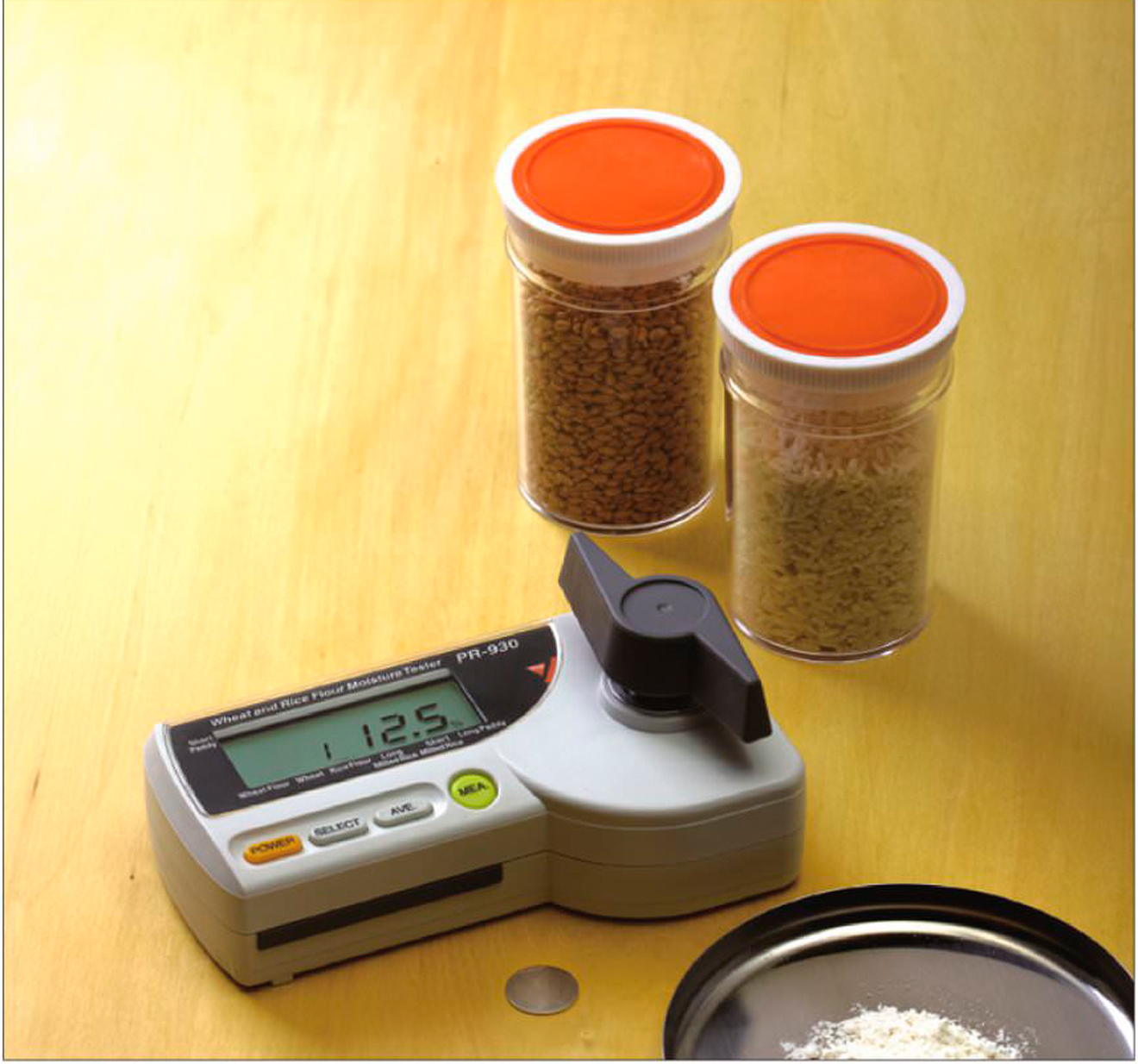The Ultimate Guide to Moisture Meters: A Comprehensive Summary and How They Can Conserve You Money
In the world of building upkeep, construction, and numerous markets, the value of accurately measuring dampness levels can not be overstated. Dampness meters serve as essential devices in identifying and checking moisture material in products, helping in avoiding pricey problems and ensuring the top quality of products. Recognizing the nuances of various sorts of moisture meters, their applications, and the prospective cost-saving benefits they use can be a game-changer for companies and specialists alike. Finding how these gadgets can not just enhance procedures yet also add to financial cost savings is a journey worth starting.
Types of Moisture Meters
Different sorts of wetness meters are readily available for different applications in different sectors. One common kind is the pin-type dampness meter, which measures the electric resistance in between two pins placed right into a product. This type is appropriate for timber, drywall, and other building products. Pinless dampness meters, on the other hand, use electro-magnetic sensing unit plates to scan a larger area without triggering damages to the material's surface. These meters are suitable for promptly evaluating wetness degrees in huge locations such as walls and floorings.
Furthermore, there are also specialty moisture meters developed for certain products like hay, grain, or dirt. These meters supply exact dampness analyses customized to the special buildings of the product being examined. Infrared dampness meters gauge the thermal buildings of a product to establish its dampness material non-invasively, making them beneficial for applications where pin or pinless meters may not appropriate. Understanding the different kinds of dampness meters readily available can assist industries pick one of the most proper tool for their particular moisture dimension demands.

Advantages of Using Moisture Meters

Additionally, using moisture meters can lead to raised power effectiveness. In agricultural setups, wetness meters play an important function in enhancing crop returns by allowing farmers to keep track of soil dampness levels and make informed watering decisions.
How to Pick the Right Moisture Meter
Choosing the suitable dampness meter includes considering vital aspects such as material compatibility, dimension variety, and calibration precision. When selecting a moisture meter, it's crucial to make sure that the meter is suitable for the details material you will certainly be testing. Various materials have differing electrical properties that can impact moisture readings, so picking a meter developed for your product is important for exact results. In addition, consider the dimension variety of the wetness meter. Make certain that the meter can discover dampness levels within the variety needed for your applications. Calibration accuracy is one more critical aspect to remember (Moisture Meter). Opt for a wetness meter with reliable calibration to make sure constant and specific readings. Some meters may need routine calibration adjustments, so understanding the calibration process is vital. By thoroughly examining these variables, you can choose a moisture meter that satisfies your demands and gives accurate moisture measurements for your jobs.
Appropriate Strategies for Moisture Meter Use
To make certain precise moisture readings and make the most of the performance of a wetness meter, using appropriate strategies is vital. When using a pin-type wetness meter, put the pins or probes into the product being evaluated up until they make full get in touch with. By adhering to these proper strategies, users can depend on their dampness meter to offer reliable moisture levels, assisting in preventing expensive damages or ensuring high quality in numerous applications.

Expense Savings Via Moisture Meter Applications
Just how can the critical application click of moisture meters lead to significant cost savings across various industries? In the agriculture industry, moisture meters aid in determining the that site optimal time for harvesting crops, preventing over-drying or excess moisture that can impact the last item's top quality.

Moreover, in the food processing industry, moisture meters are important for keeping track of product quality and ensuring conformity with safety and security guidelines. By precisely determining moisture content in food, suppliers can stop wasting, preserve freshness, and lower waste, causing considerable cost savings. On the whole, the calculated application of wetness meters is a valuable financial investment that can cause considerable cost decreases and enhanced efficiency throughout different sectors.
Final Thought
Finally, dampness meters are useful tools for measuring and discovering moisture degrees in various products. By utilizing the appropriate moisture meter and complying with proper strategies, individuals can properly stop costly damages triggered by excess wetness. Spending in a high quality dampness meter can result in significant price savings in the future by identifying prospective concerns at an early stage and making it possible for timely removal. Ultimately, wetness meters look at this now are essential instruments for keeping the integrity and durability of materials and frameworks.
Dampness meters offer as essential tools in finding and checking moisture content in materials, aiding in avoiding expensive damages and making sure the top quality of items. Infrared dampness meters gauge the thermal properties of a product to determine its dampness web content non-invasively, making them useful for applications where pin or pinless meters might not be ideal.Dampness meters supply invaluable benefits in properly analyzing and checking dampness degrees in varied products and atmospheres. In agricultural settings, moisture meters play a crucial duty in maximizing plant yields by enabling farmers to monitor dirt wetness levels and make informed watering choices.In conclusion, moisture meters are beneficial devices for measuring and identifying wetness levels in numerous products.
Comments on “The Scientific Research Behind Moisture Meters: How They Work and Why They're Essential”